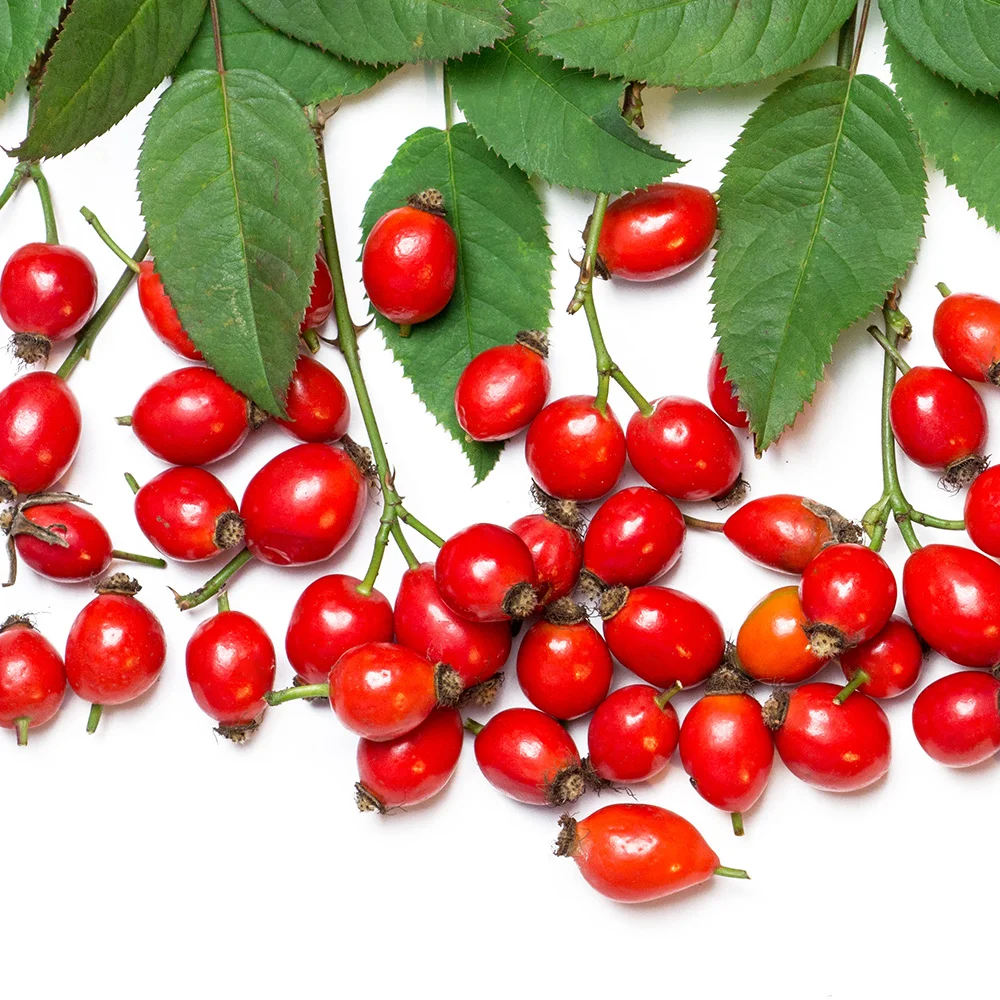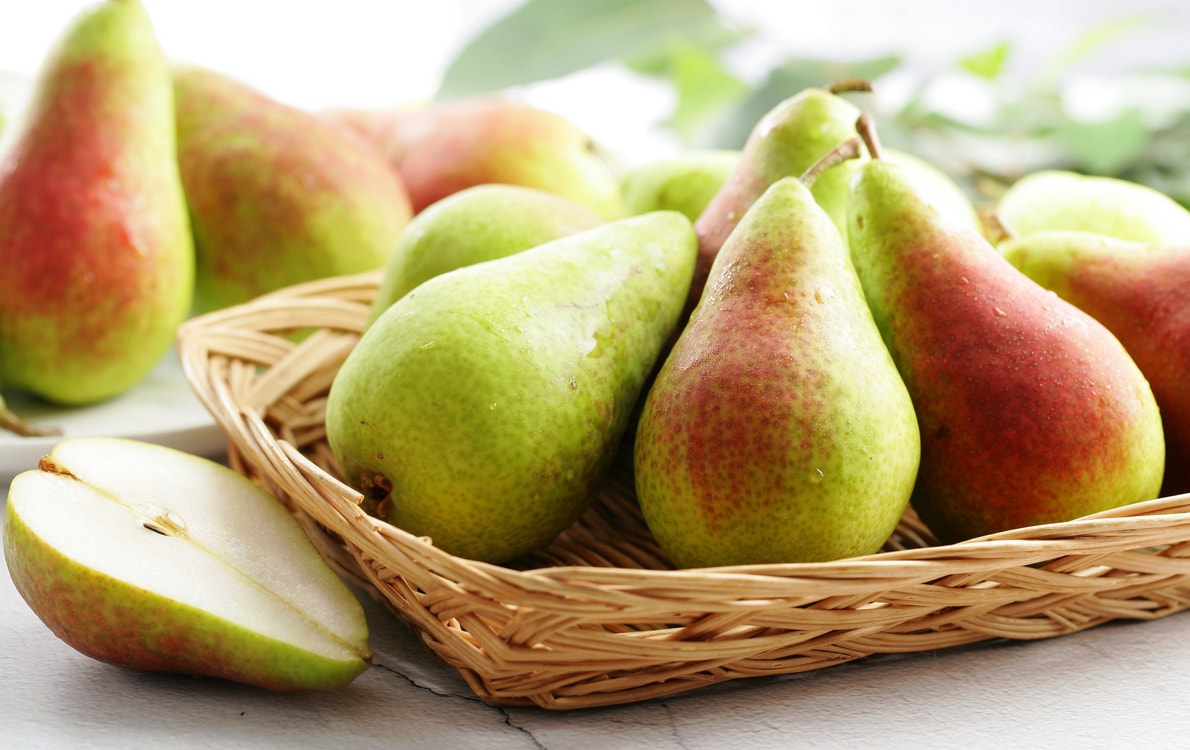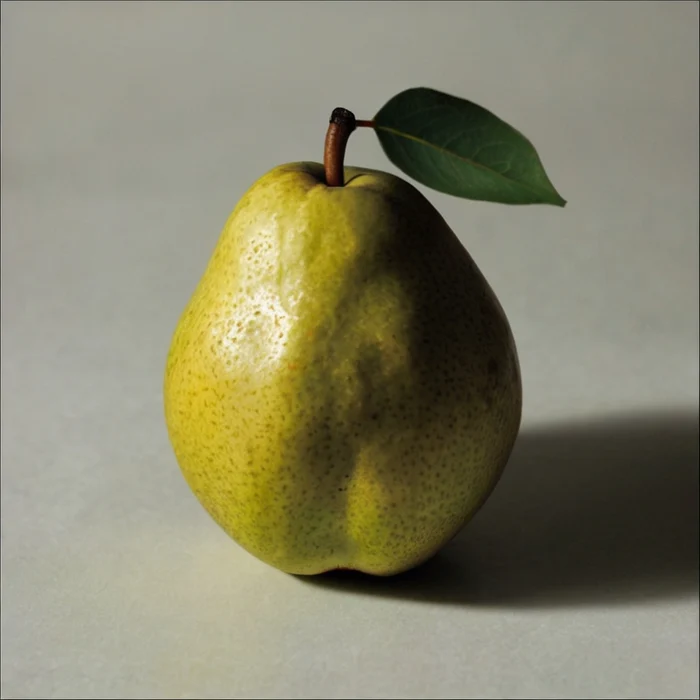Rose Hip: Characteristics of the Fruit, Varieties (Types), Nutrition & Distribution
A rose hip isn’t a single botanical classification; it refers to the pseudo-fruit that forms after flowers from plants in the Rosa genus fade away. So, technically speaking, there’s no specific “rose hip” variety; rather, it’s the fruit produced by different species and varieties of roses that vary in characteristics and nutritional content. Here’s an overview of the general features of rose hips.
Fruit Characteristics:
A rose hip is a fleshy fruit developed from the receptacle of a rose flower. It can be spherical, ovoid, or elongated oval-shaped, depending on the species, with diameters ranging from a few millimeters to several centimeters. The skin is smooth and brightly colored when ripe—commonly red, orange, purple, or even black. The flesh is relatively thin, containing multiple hard achenes (the actual fruits, often mistaken for seeds). The taste is usually sweet-tart, with some varieties having a slight astringent flavor.
Main Types (Notable Roses & Their Fruits):
Given the wide variety of roses out there, their fruits vary too. Some notable species known for their rose hips include:
- Rosa canina: Its rose hips are ovoid or elongated oval-shaped, turning bright red when ripe; traditionally used for making rose hip jam & oil.
- Rosa rugosa: Larger, flattened spherical-shaped rose hips turning red or orange-red when ripe; thicker flesh.
- Rosa laevigata: Nearly spherical-shaped, turning red when ripe; smooth surface.
- Rosa multiflora: Smaller-sized, turning red when ripe in large quantities.
Nutritional Value & Potential Benefits:
Rose hips are renowned for their extremely high vitamin C content, making them one of nature’s richest sources! They are additionally rich in carotenoids (like β-carotene), vitamins E, K, and Bs, plus minerals like calcium, iron, and magnesium! Also packed with flavonoids and polyphenols, which are antioxidants!
Studies show various potential health benefits such as anti-inflammatory properties, antioxidant effects, boosting the immune system, and promoting collagen synthesis! Traditionally used for treating colds, flu, and arthritis too!
Distribution & Cultivation:
Rosa genus plants are widely distributed across temperate and subtropical regions worldwide! Many wild and cultivated roses produce them! They are highly adaptable with low soil requirements and prefer sunny environments! Typically harvested after maturing in autumn and used for making jams, jellies, juices, teas, and essential oils! Some varieties are cultivated for ornamental value too, becoming beautiful winter landscapes!



